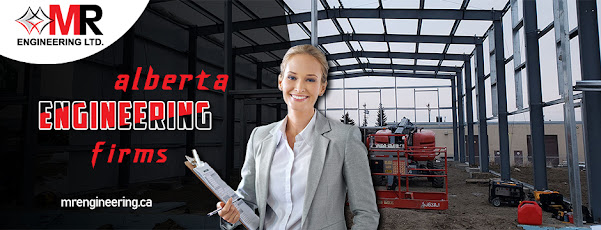4 Facts You Didn’t Know About Building Foundations in Construction
A foundation serves as more than simply a structure's base. It extends past that. The barrier protects your building from internal soil vibrations, insulates against heat and cold, and keeps moisture out with foundations in construction. To preserve the structure's integrity, stability, and longevity, it is essential to maintain the foundation, or substructure, in general. The following is a list of amazing facts about these foundations that you might not be aware of:
Economic and Structural Factors
Around 50 metric tons would be the weight of a typical home. About 7 to
8 metric tons of this is the weight of the foundation alone. It makes up close
to 14 to 15% of the total weight. The expense of constructing the foundation is
comparable. The foundation costs between 8 and 15% of the total, depending on
the construction material. Although most are constructed with concrete, certain
architects could favor masonry blocks.
The walls and footings of the foundation are typically built using
reinforced concrete. However, merely digging a hole, installing the bars, and
pouring concrete won't produce a solid base. The foundation must be constructed
under an engineer's careful, knowledgeable, and experienced supervision. The
depth of solid strata, water table level, and backfill soil must all be
considered during planning. When the planning and execution are flawless, the
foundation will only fit the building like a custom-made suit.
Newest Innovations in Foundations
Using self-levelling concrete in foundations has been the most exciting
recent development to move with engineer
foundation. Concrete, which flows like water, entirely fills the
formwork. In the conventional sense, it does not require external compaction.
It also helps you save a tonne of money. Another interesting development would
be the pre-cast footing panels. These panels are created in factories, then
delivered and assembled on site. As a result, the workload is significantly
reduced.
Causes of Failure
No matter how well the building is built, failure is always possible.
One of the most common reasons for foundation collapse is using non-porous
backfill dirt. Clay-type soil may behave as a sponge and hold water when used.
Instability results from soil contraction or expansion. Inadequate curing time
(a minimum of 3 days is necessary), insufficient layer compaction, and pauses
in the concreting process are other important failure risks.
Final Thoughts
You probably didn't know the important information about foundations
discussed above to deal with the civil
engineering foundation. They may significantly increase the likelihood
that your structure will stand the test of time if applied appropriately.
Almost nothing will stop you from having a stable, fantastic structure once the
foundation is built properly.




Comments
Post a Comment